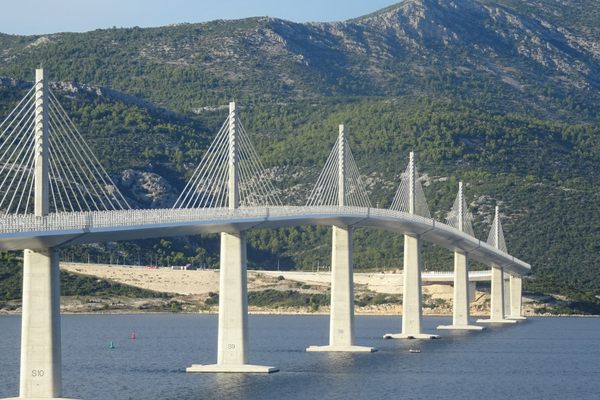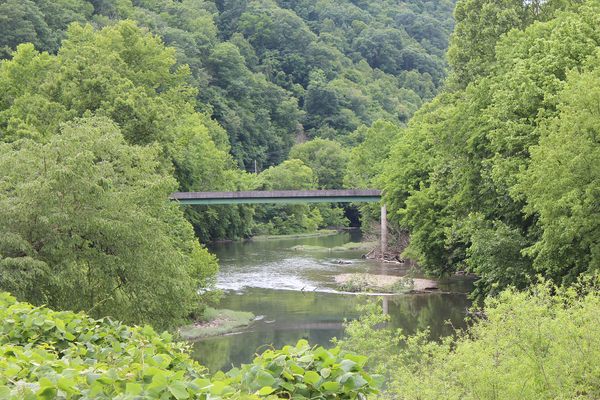Pira Delal
This ancient stone bridge is a hub for daredevils.
Because of a shortage of official documentation, the history of Pira Delal can be told only in speculative terms. Ancient Romans are credited with constructing of the first bridge that stretched across the river, but the current structure is not of Ancient Roman origins. It is, in fact, much more likely that the bridge in its current form dates back to the early years of Abbasid dynasty (750-1517).
As with many ancient sites in Northern Iraq, Pira Delal, goes by several names, including Delal Bridge, Zakho Bridge, Pira Delal, Pirdí Delal, and Pira Berî. This is partly due to lexicographical changes through time, the co-existence of different language-speaking peoples, and formal versus informal registers. It is 377 feet (115 meters) long and 53 feet (16 meters) high at its apex.
Local stones found in and around the Khabur River were used to construct the bridge. Their large size, however, has fueled a flurry of more or less plausible theories as to how they might have been deployed in ancient times. A rather grisly legend has it that the hands of the ingenious craftsman who built the bridge were amputated to prevent him from constructing another bridge that could compare to Pira Delal. Furthermore, one of the craftsman’s nieces is said to be buried under the bridge as a sacrificial offering.
Today, even though there are newer, sturdier bridges that cross the Khabur River, this bridge still sees a fair amount of pedestrian, cyclist, and motorcyclist traffic. It’s also a hotspot for daredevils, who dive from its apex into the tiny pools that seasonally form at the foot of the bridge.
If you take a close look at the bridge, you’ll notice that some of its stones are numbered. This was supposed to lead to maintenance work that never took place.
Know Before You Go
Zakho can be easily reached from Duhok by bus, taxi, or private transport.















Follow us on Twitter to get the latest on the world's hidden wonders.
Like us on Facebook to get the latest on the world's hidden wonders.
Follow us on Twitter Like us on Facebook